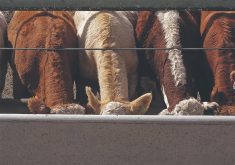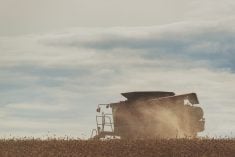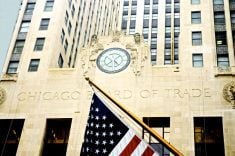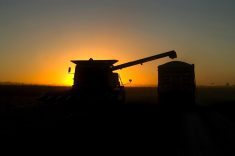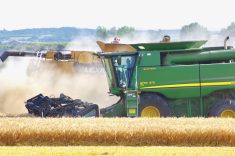SAO PAULO, Dec 6 (Reuters) – Farmers in Brazil’s largest agricultural state, Mato Grosso, may plant a second annual crop of soybeans instead of corn starting in January, after harvesting the main crop.
Second crop corn and advances in tropical agricultural technology have nearly doubled Brazil’s annual corn output in 10 years. But faced with leftover stocks and low prices, farmers are contemplating a different strategy this season.
“I still don’t know how much it will be, but second crop soy is a reality,” said Laercio Lenz, the president of a local grower’s association in Mato Grosso’s Sorriso municipality.
Read Also
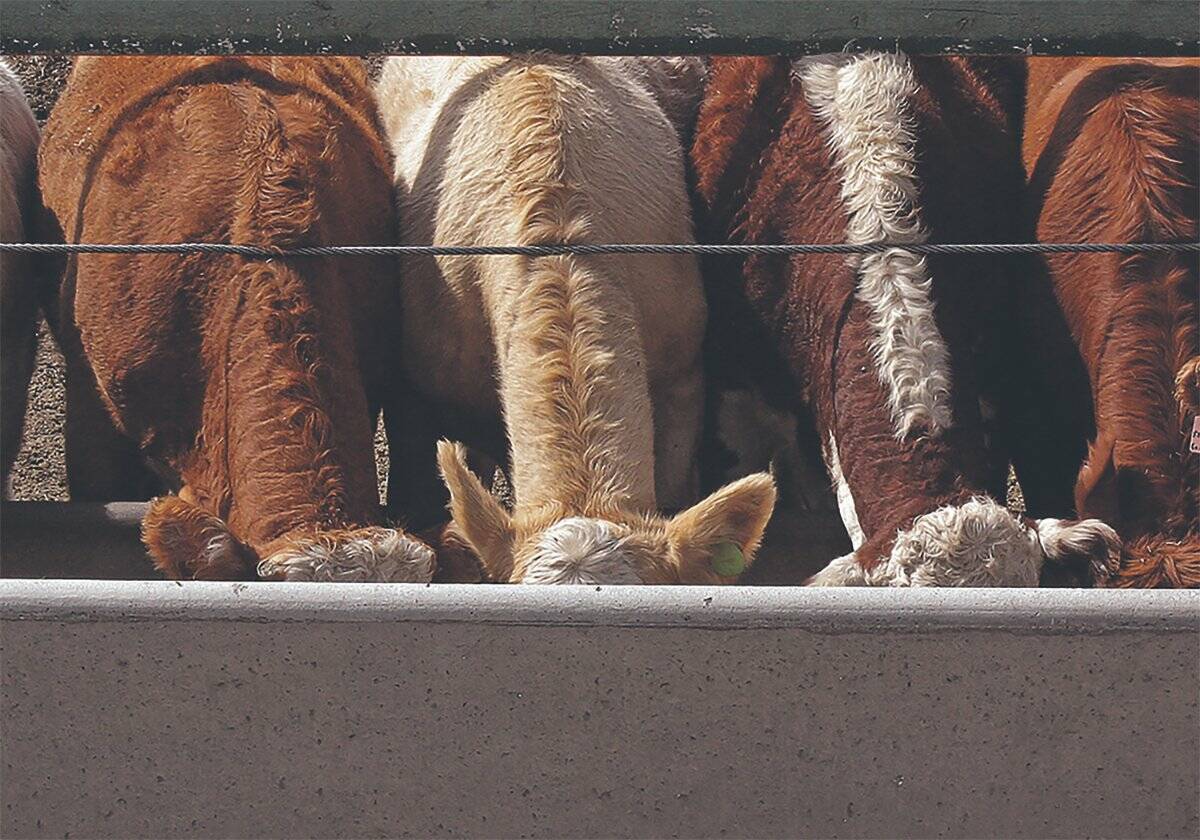
U.S. livestock: Cattle fall sharply as Trump says he’s working to lower beef costs
Chicago cattle futures fell sharply on Friday after U.S. President Donald Trump said his administration was working to lower the…
Prices for December corn contracts on the Chicago Board of Trade are down 36 percent from their peak in September 2012, when drought struck the world’s top corn exporter, the United States.
After a record corn crop in Brazil last season, mostly due to the second harvest, prices in remote areas like northern Mato Grosso are not compensating for high shipping costs to ports.
In these regions farmers are serious about planting more soy, even with Brazil looking to harvest a record crop of above 88 million tonnes early next year.
“I’m hearing about this every day,” said Nery Ribas, technical director at soy producers association Aprosoja.
But second crop soy can be a risky bet, analysts said.
“Productivity falls to around 40 bags per hectare, although costs also fall,” said Leonardo Sologuren, director at Minas Gerais-based Clarivi consultancy.
Brazil’s crop supply agency Conab expects Brazil’s first crop of soy to yield about fifty 60-kilogram bags per hectare this season
Farmers can plant seeds harvested in the first crop and don’t need to invest as much in fertilizer, but they may need to spend more on pesticides.
Planting soy several times in a row without rotating crops could bring on new pests in a country that has a history of Asian soy rust and has struggled to control the Helicoverpa caterpillar this year.
No one has an official estimate of how much extra soy could be planted, but Aprosoja has heard estimates of around 1 million hectares (2.5 million acres), compared with 8.3 million hectares planted for the main crop.
No significant amount of second crop soy was planted in the 2012/13 season, as farmers rushed to satisfy strong global demand for corn.
Brazil’s main soy crop was 93 percent planted on Friday, up 5 percent from a week earlier, Safras & Mercado analysts said. That is above 94 percent from a year earlier and the 91 percent five-year average. Planting is complete in Mato Grosso.


